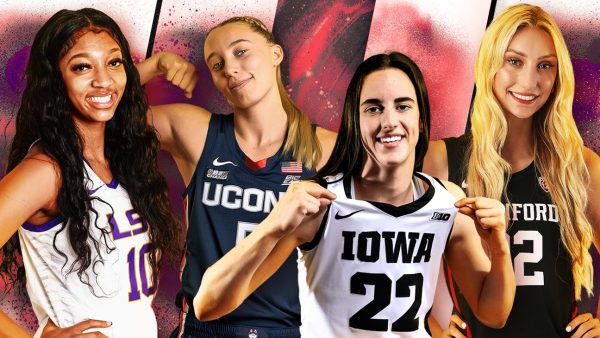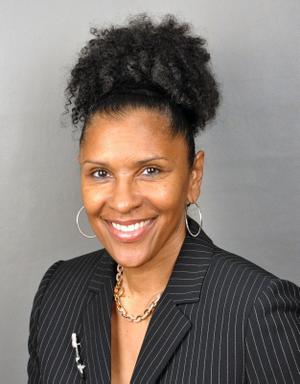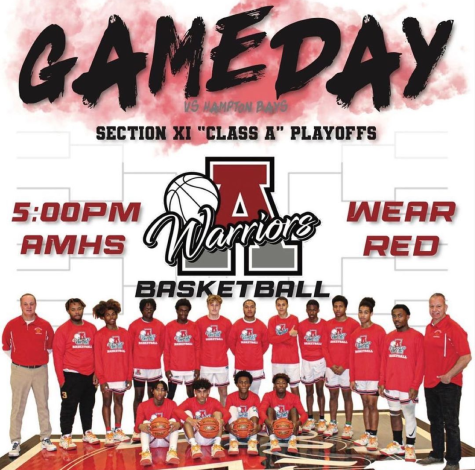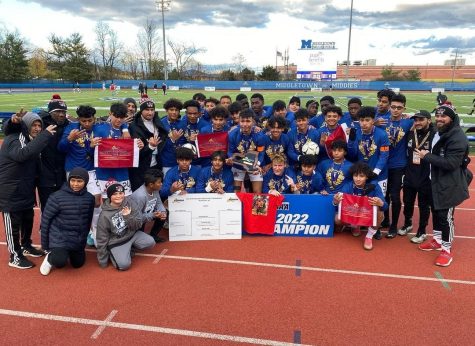The Curse

January 18, 2019
To grace a cover of a video game is every athlete’s dream. Millions of people all around the world will pick up a video game and see the face of that said sport or franchise. However, making the cover isn’t all candy and rainbows. Many sports games have had the notion of cover athletes being cursed directly after appearing on the covers of said game.
Although some of these theories have been vastly debunked such as in the case of NBA2K and NHL2K, the Madden Curse stands alone. Twenty years into the history of the iconic franchise, there is no escape from the “Madden Curse.” Since Garrison Hearst broke his ankle in 1998, shortly after staring on the cover of Madden NFL 99, most of the players who “starred “on the cover of the game suffered an injury the following season. Of the 20 players who have been selected to grace the cover Madden games through this season, 17 have had troubling or abruptly shortened seasons following their cover debut, including several who suffered season-ending injuries shortly after their game hit shelves. EA Sports continues to dismiss any serious talk of a “curse” hovering over its wildly successful franchise, and attributed the rash of injuries and negative post-cover problems to an athlete’s natural regression after a season of peak performance. And they’re most likely right. (Probably.)
To see just how this curse has affected players, let’s just look at three of the players most severely affected by the Madden Curse.
1. Peyton Hillis (2012)
A former fullback turned running back, Peyton Hillis came off the bench for the Cleveland Browns in 2010 to smash his way to 1,177 yards rushing and 477 yards receiving in a surprising season that put all eyes on the otherwise unknown back. In the contest to determine the Madden NFL 2012 cover athlete, Hillis was chosen over Ray Rice, Matt Ryan, Michael Vick, and Super Bowl MVP Aaron Rodgers. Hillis’ troubles began well before the 2011 season, with heated contract disputes leading to trouble in the Cleveland clubhouse, then physical troubles that included strep throat and an injured hamstring that had him missing games all season and failing to get in sync with the team. He ended up playing only 10 games that season, accumulating just 587 yards rushing in a significant letdown from his highlight-filled 2010 performance. The Browns declined to resign him following the season and he left the team as a free agent.
2. Shaun Alexander (2007)
Already an accomplished rusher and one of the primary cogs in the Seattle Seahawks offense, Shaun Alexander took his game to the next level in 2005 when he became the first running back in NFL history to record 15 touchdowns in five consecutive seasons, and broke the franchise record for rushing. He also became the first player in NFL history to score 19 TDs rushing or receiving in only 10 games. As if that wasn’t enough, he was named the NFL’s Most Valuable Player that season, and led the Seahawks to an appearance in Super Bowl XL. Oh, and he also had the honor of becoming the first Seahawks player to appear on the cover of Sports Illustrated, too. But soon Alexander’s 2006 season was derailed by a broken foot in Week 3 – just a few months after being named the Madden NFL cover athlete. The season would become his first without 1,000 yards rushing since he became a starter for the Seahawks. Alexander’s shortened 2006 season was followed by an injury-plagued 2007 season that saw him suffer a fractured wrist, sprained knee, and sprained ankle. The result was an even worse season, and Alexander was cut from the team’s roster in 2008. In the wake of all the injuries following his cover appearance, Alexander even addressed the Madden Curse, saying in a 2007 interview: “Do you want to be hurt and on the cover, or just hurt?”
3. Marshall Faulk (2003)
Already a Super Bowl champion and a multiple winner of the NFL Offensive Player of the Year award, Marshall Faulk was the centerpiece of an offense dubbed “The Greatest Show on Turf” when he was named the cover athlete for Madden NFL 2003. He had led the Rams to a second Super Bowl just a season earlier and now held a cornucopia of rushing, receiving, and combined yardage records, and seemed poised to make another championship run in 2002. The season after Faulk appeared on the Madden NFL cover would prove to be the beginning of the decline for one of the NFL’s most prolific running backs. The 2002 season would end up being the first in which he was unable to rush for more than 1,000 yards, and his yardage totals continued to decline in consecutive seasons. He eventually missed the entire 2006 season due to surgery on his knee, and never returned to the league.
If you’re a football fan, there’s hardly a chance you haven’t heard of the “Madden” curse. It’s superstition at its finest. However history shows that 9 out of 10 cover athletes from 1999-2009 have been deemed cursed, whereas just 5 out of 10 have been viewed cursed in the last 10 years. The “Madden” curse may be alive, but it may also be losing its power.
Or, you know, it could just be fake.









